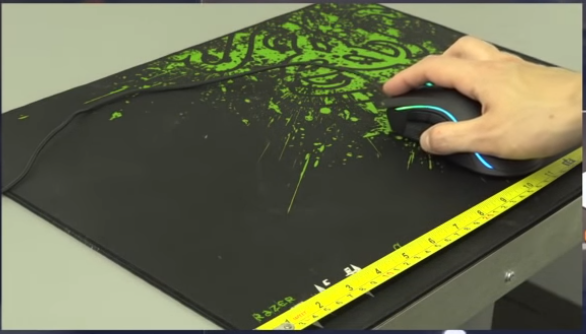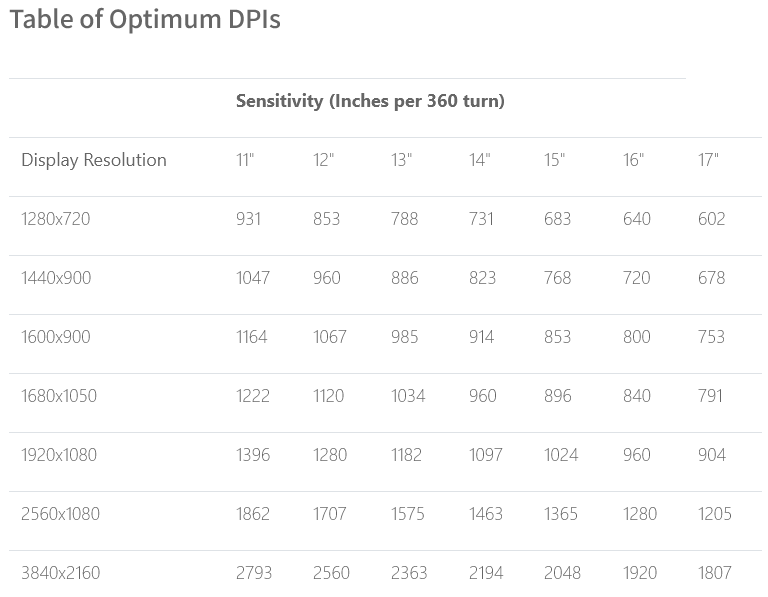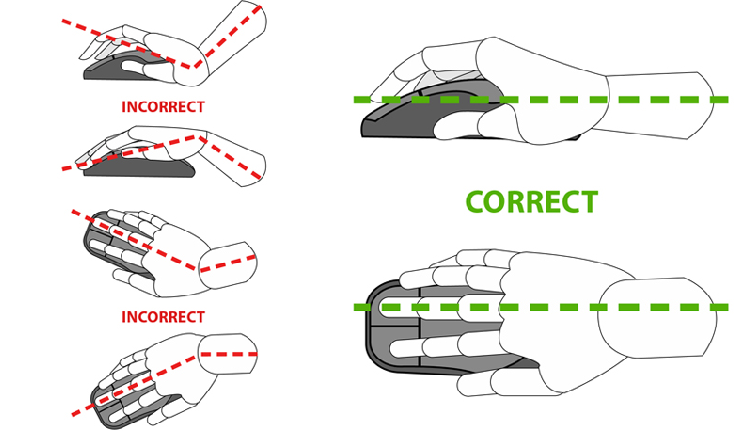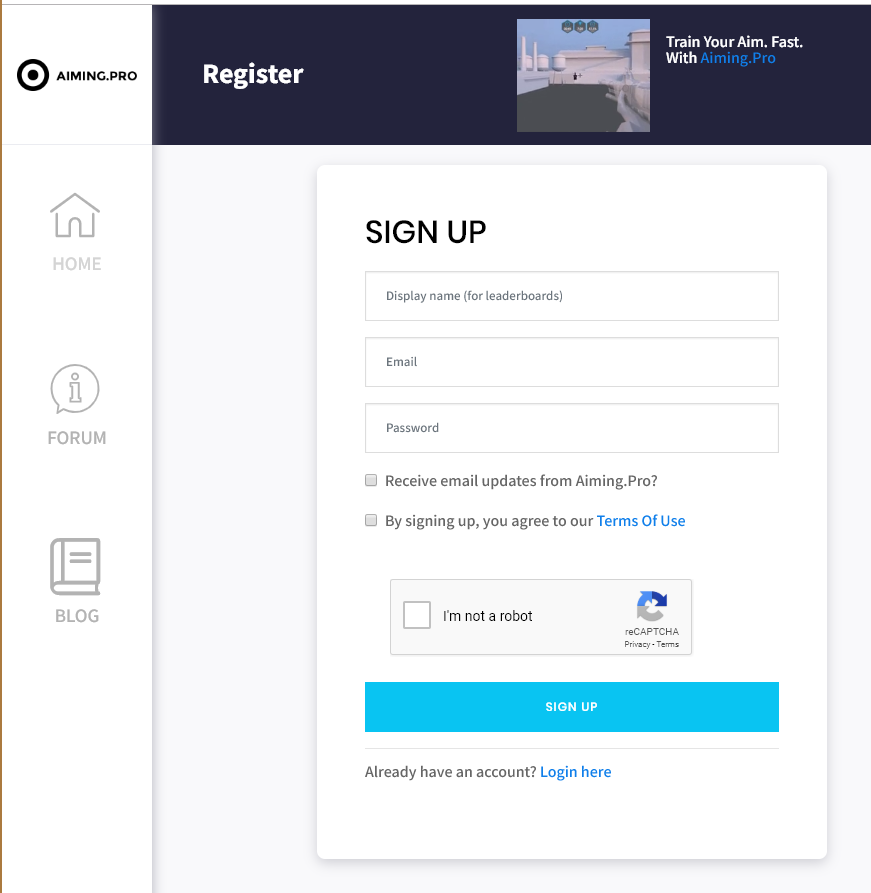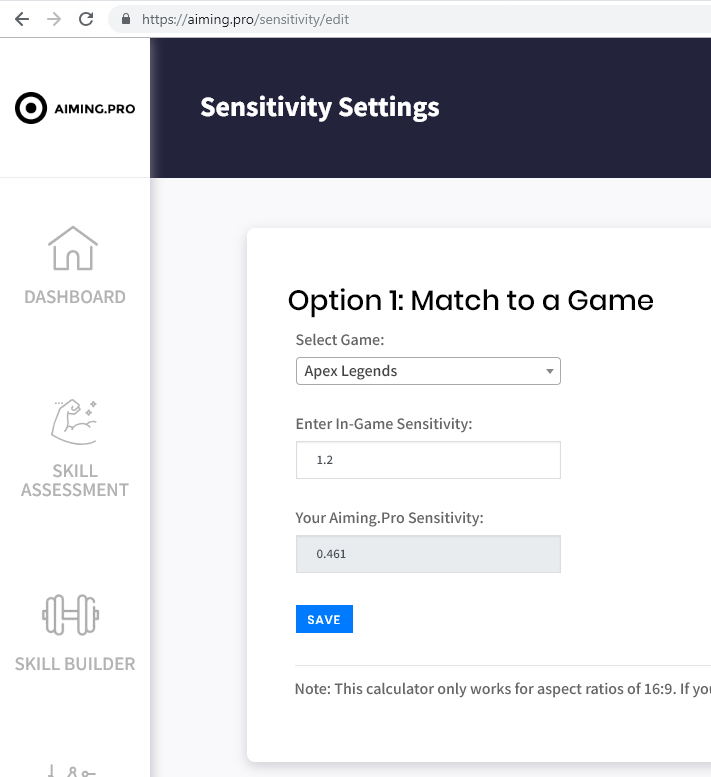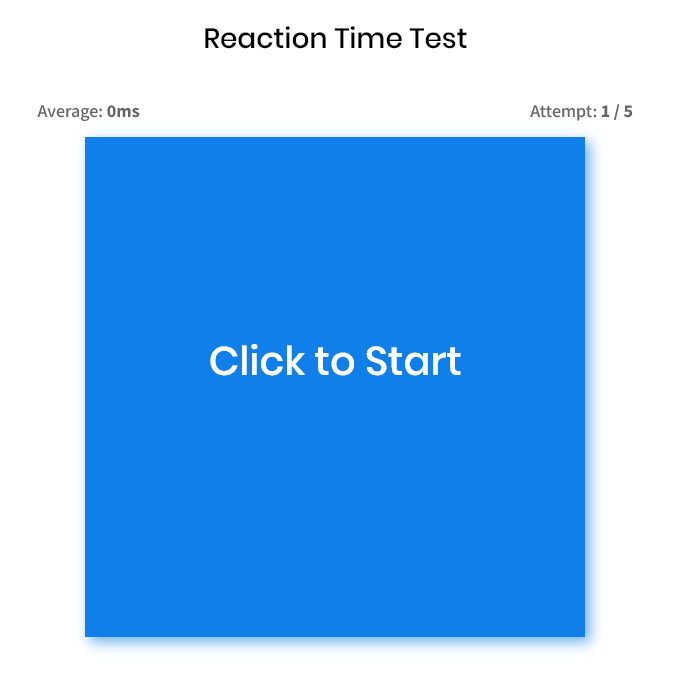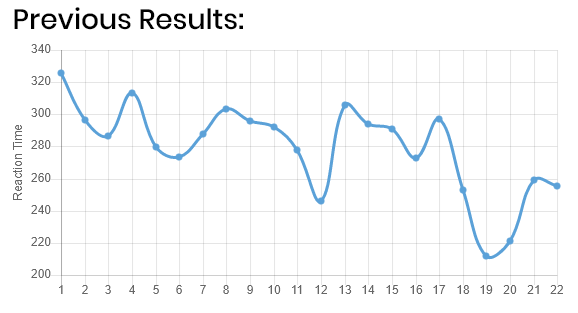Improve Your Aim in Apex Legends
Apex Legends has set the gaming world alight. This free-to-play, battle royal shooter has grown so big in such a short space of time that it’s being talked about as a possible threat to Fortnite. Dethroning the game of the moment, Fortnite, would be an impressive statement from the game’s makers, EA. One month after its release, Apex Legends has hit 50 million players. Pretty impressive.
So how can you improve your skill and join the elite group of players at the very top of the game? Maybe you want to start streaming or play competitively?
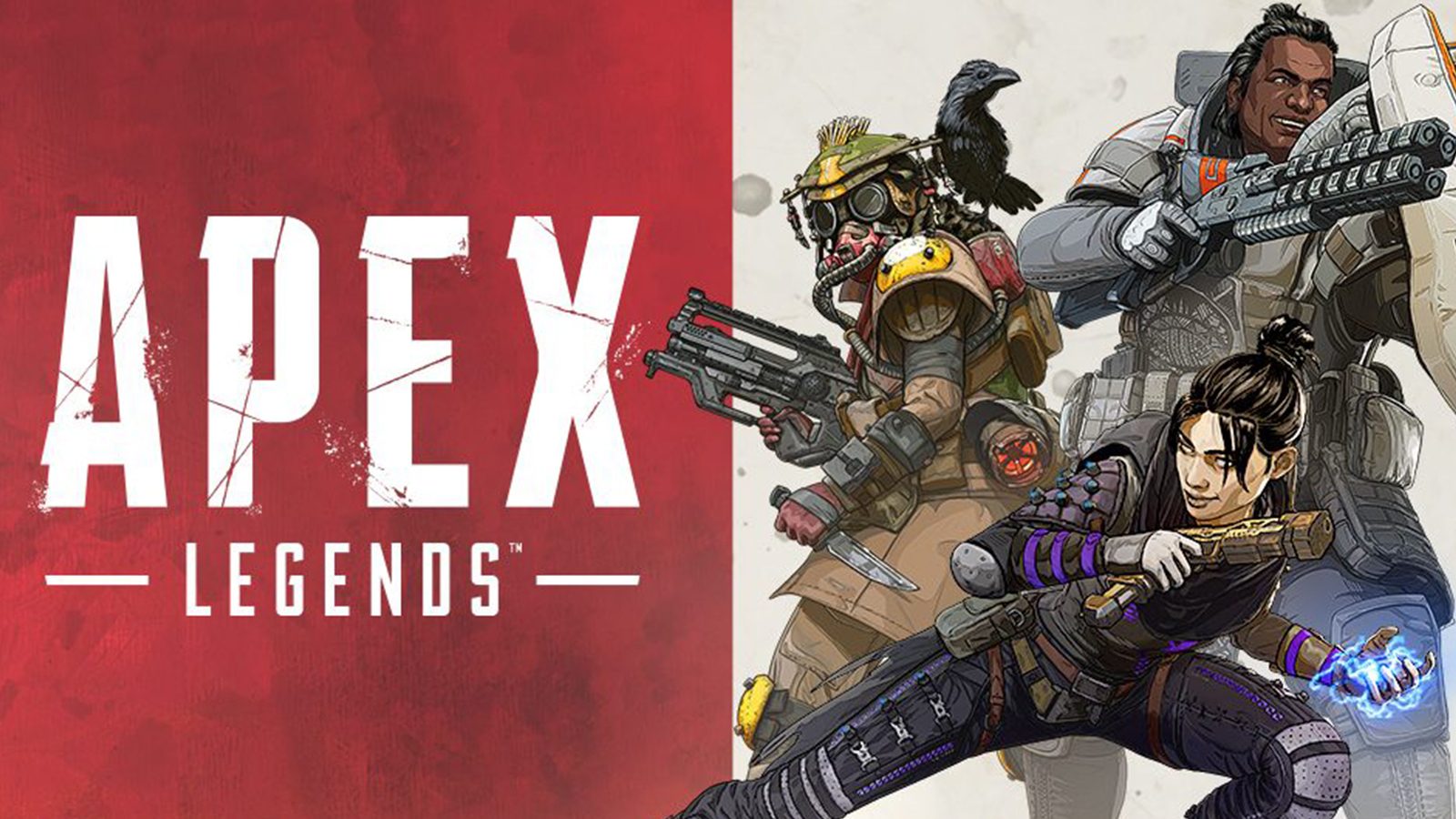
In this article, I will give you some practical advice about how you can improve your aim, fast. The first section will give you some tips about how you can improve immediately. No hard work or practice required.
The second section will cover the basics of aiming technique.
The third section will focus on how to improve your aim through practice and training. Needless to say, if you want to get to elite levels this is essential. You won't get there through just playing games. Many of the best FPS game players (Apex Legends included) spend hours on dedicated practice (as you would in any other sport).
Getting Set Up
Many people buy a gaming mouse and mouse-mat and think that's it - no more to be done. Well, you can get instant gains by getting your set-up right.
We're going to cut to the chase and tell you the best way to get set up to improve your aim. We'll leave links for further reading but if you just want to know our recommendations, here you go:
Mouse Sensitivity
Use a sensitivity that falls somewhere between 28 and 38cm (11" - 15") per 360-degree turn. That is, moving your mouse this distance should results in your player do a full 360 degree turn.
Check this out for help with getting this setup.
This range of sensitivity is the optimum balance of precision and speed. Lower than this and you will struggle to deal with enemies behind you. Higher than this and you will lose precision in your aim. For Apex Legends we are recommending a slightly higher sensitivity than normal due to the necessity of quick turning (compared to a game like CS:GO).
Bear in mind though that changing your mouse sensitivity will ruin all your existing muscle memories and set your aiming back significantly in the short term. So choose a sensitivity and stick with it, also make sure you use this sensitivity in all the games you play (a sensitivity calculator like mouse-sensitivity.com will help with this).
Mouse DPI
A gaming mouse is a must but all you need is maximum of 1,400 DPI (or CPI) if you play on a standard 1920x1080 screen, any more than this won't translate to real-life improvement. Even ultra-high resolution screens max-out at 2,800 DPI. Here's why. All gaming mice will offer this level of resolution but non-gaming mice won't.
Mouse Mat
This needs to be wide enough to allow a full 180 turn without having to lift your mouse. Having to lift your mouse to deal with enemies behind you will cost you valuable time. So if your sensitivity is set to 30cm (12 inch) per 360 then you need at least a 30cm wide mouse mat. Some people like slightly larger ones as your mouse often won't be in the middle when you start your turn.
Internet Connection
The average human reaction time is 250ms. A poor internet connection can add many milliseconds on top of this. There are two elements to this - the latency between your laptop and router and the latency between your router and the rest of the internet.
Check your Latency/Ping
This is how long data takes to get from your laptop to your router. To test this on Windows open a command prompt by:
- Clicking the Start Menu
- Typing CMD and hit Enter
Enter this:
tracert google.com
We are interested in the second two lines.
The second line shows you the latency between your computer and your router.
The third line shows you the latency between your router and your internet service provider.
(Note: the exact lines to look for will vary depending on your network set up.)
Router Latency
These should always be less than 10ms. If you are plugged in directly via network cable it should be 1ms. Here is what you can do to reduce these numbers:
- If you are on wifi, move closer or change the location of router
- Get a better router - the ones provided by your isp often don't have great coverage
- Change channels if you have lots of wifi devices using the same router
- The best thing to do is to plug straight into the router
ISP Latency (Ping)
A good ping is less than 50ms. Less than 100ms is playable but anything higher than that is going to put you at a significant disadvantage.
Try this at several times throughout the day. Pings are normally higher in the evening when everyone starts hitting Netflix.
Here is what you can do to improve this time:
- Make sure no-one else on your router is heavily using the internet. File sharing, in particular, can ruin your latency. Same with lots of HD streaming
- Change internet providers - switching to fibre make a huge difference
- If you are having major service issues then contact your service provider
Basic Aiming Technique
Grip and Posture
If in doubt - go for a claw grip. You'll find pros use a variety of grips but unless you have a good reason not to, stick to a claw grip. It gives you some access to your fingers for precision adjustments (unlike palm grip) whilst also being ergonomic enough to play for long sessions without getting wrist fatigue (unlike fingertip grip). Claw grip also encourages arm aiming which is what you want.
Keep your Mouse Neutral
In Apex legends, most of your wrist movements will be on the horizontal plane (i.e. side-to-side). Keeping your wrist neutral allows for maximum fluency for minor aiming adjustments. If your wrist is cocked you will lose this ability in one direction.
Use Your Arm to Aim
Your wrist and fingers give you some extra precision that is essential for accurate aim, but in general, you want to be using your arm to make the movement to the target.
This gives you a repeatable, consistent motion that isn't possible if you are using all three at the same time.
It is also much better for managing fatigue.
When aiming, focusing on hinging from the elbow and making sure your initial movement comes from the arm. Try not to let your wrist and fingers come into play until your initial movement is completed.
You can read more about this here.
Posture
We all know that posture is important but many of don't take this advice too seriously as its something that will affect us in the distant future. Well, proper posture can improve your performance by giving you access to your full range of movement and ensuring the correct muscles are used for your mouse movements. I'll just leave this here:
Image courtesy of Avadirect
Practice Your Aim
Whilst tips and tricks can give you an advantage, there is no avoiding the need for deliberate practice. Playing 40 hours of Apex Legends a week is not sufficient on its own to get you to elite levels. You need deliberate practice.
Deliberate practice is not just playing games, it is practising specific skills in a systematic and planned way with the specific goal of skill development. Often it is not fun, often it is hard but it is essential to make a step up in skill level.
Pro athletes in most sports spend over 80% of their time practising and training vs. playing. Obviously, it's not practical for most gamers to do this, but I'd speculate that most people spend less than 10% of their time practising.
So the first step is to be disciplined about practising. Don't expect it to be fun but do it anyway. Get into a routine - we recommend starting with around 10 minutes every time you play before jumping into a game. Your practice can double up as a warm up. Many serious gamers will spend over an hour a day on deliberate practice.
The need for deliberate practice is particularly relevant to Apex Legends. In a game like Overwatch, you'll spend a lot of time fighting. In theory, if you were disciplined, you could engage in deliberate practice in-game.
This isn't so true for Apex Legends as the ratio of fighting time to playing time is very low. With the time spent loading, looting and travelling, over the course of a 10-minute game you might only spend 1-minute actually aiming and shooting. This is really inefficient.
What to Practice?
There are three areas of aim technique to practice in Apex Legends - Flick, Tracking and Speed.
Whilst technically all the weapons in Apex Legends use a bullet projectile model, in practice they all function like hitscan weapons. If you have your crosshair over the target when you fire, you're almost always going to hit it. Hitscan weapons mean we don't need to worry about training projectile skills.
See here for more info on the difference between projectile and hit scan weapons.
Flick Aiming is a quick snap of the mouse to 'flick' your mouse to your target. Due to the speed involved, it requires an unconscious muscle memory that must be built up over hours of practice. You will subconsciously and automatically be able to convert the on-screen distance to your target into a movement of the mouse. (This is why changing your sensitivity is so damaging - you need to rebuild all these muscle memories). This kind of aiming is most associated with sniper rifles (G7 Scout, Longbow, Triple Take, Kraber), single fire pistols (P2020, Wingman) and shotguns (Peacekeeper, Mastiff).
Tracking Aiming is all about predicting the movement of the enemy and keeping your cross-hair trained over your target as you fire your weapon. This requires precise mouse control skills to make continuous, small, subtle movements. In Apex Legends this is relevant to all automatic fire weapons (basically everything not listed above).
There are two elements to Speed training. Reaction Time which is how quickly you can respond to a stimulus and Quickness which is how fast you can physically move your mouse whilst maintaining control and accuracy. The importance of this in Apex Legends should be obvious - you need to not only hit your opponent but to do so before they've hit you.
How to Practice
The optimum way to practice these is to isolate the core skills involved and practice them in a controlled way that offers instant feedback on your performance. You also need to be able to track your performance over time to gauge the impact of your practice over time (if you are not improving then you need to find a different way to practice).
To do this, we are going to use the free Aiming.Pro aim training software. Here's how:
- Head over to Aiming.Pro and create an account
2. Match your mouse sensitivity to Apex Legends from the Sensitivity Settings page:
3. Benchmark your current skill level in these 4 game modes:
Play each of these modes a few times to establish your current skill level
Target Frenzy: For Flick and Quickness training
Multi-Flick: For Flick and Reaction Time training
Reaction Time Test: For Reaction Time training
Tracking: For tracking training
(Coming Soon)
4. Set Your Objectives
For each training session, you want to set yourself a target based on your past performance. You want this target to be slightly better than your recent average performance. Here is an example:
This is my chart showing my Reaction Time performance:
From this chart, I might estimate my average recent performance to be 250ms. I would therefore set my objective for this drill to be slightly better than this: say 240ms.
It is important that you don't set your targets to be personal bests, doing so is unsustainable and encourages bad training practices. You will end-up focusing on results instead of the process.
Focusing on beating your average score is will lead to improvement over time in an achievable way.
Repeat this for each of the drills mentioned above
5. Practice!
Now that you have your targets its time to start practising. You can practise at any time but we recommend getting into the habit of practising before jumping into a game. This confers several benefits:
It doubles up as a warm-up exercise.
Not only will you improve your skill but you will ensure you are nice and warmed up before playing. You will find your skill level to be much more consistent by playing this way.
It will help form a habit
If you always practice before playing then you won't have to make a conscious decision to practice. It will just become something you always do, just like brushing your teeth before bed. It removes the need to exercise self-control which is the biggest barrier to doing things you don't feel like doing. If you want to improve your aiming skill and believe that practice will help improve your aim then the best thing you can do to achieve this is to form a practising habit. Check out the book The Power of Habit for more info on this.
Now just play each of the drills until you hit your targets. Expect this to take around 10 minutes. By having specific targets, it helps you know how long to practice for. Sometimes it will be less than 5 minutes, sometimes more than 15 but at least you will know when you can stop.
You may find yourself wanting to practice more than this which is obviously fine. But keeping to this routine as your minimum will be sufficient to lead to improvement over time.
6. Next Steps
We have covered a basic approach to skill development and the next progression is to set yourself customised training goals based on your specific weakness. You will use data to analyse your individual performance and choose drills and set targets to address these weaknesses. We'll cover this in a future article.
Conclusion
There are some quick tricks you can use to improve your aim. If you have your sensitivity settings wrong or a terrible wifi connection then a few adjustments will lead to almost immediate improvement. However, there is a limit to this and there is no avoiding the need for deliberate practice if you want to reach elite levels. This needn't be burdensome. 10 minutes every time before you play is sufficient to see continuous improvement. But even this small amount will at times feel tough. Sometimes you just won't feel like practising. That's when habit-forming becomes essential as it circumvents the need for self-control.
So good luck on your aiming improvement! Please let us know how you get on in the comments below.
